[Entry to Xi'an for 5 days] Terracotta Warriors + Ming Dynasty City Wall + Wear Hanfu costume Night Tour of Tang Dynasty Never Sleepless City [Entry to Xi'an for 5 days] Terracotta Warriors+ Ming Dynasty City Wall + Wear Hanfu costume
Destination Place
Xi'an
Travel Days
5 days
Highlights
Explore the eighth wonder of the world, the Terracotta Warriors, embark on a cultural journey spanning thousands of years, and appreciate the glorious craftsmanship and wisdom of ancient times.
Put on Tang costumes and shuttle through the Sleepless City of the Tang Dynasty, encounter little lady tumbler, the Flying Goddess of the Tang Dynasty, and Li Bai recited poems drunk...
Experience the making of intangible cultural heritage painting fans and feel the strong cultural atmosphere
Itinerary
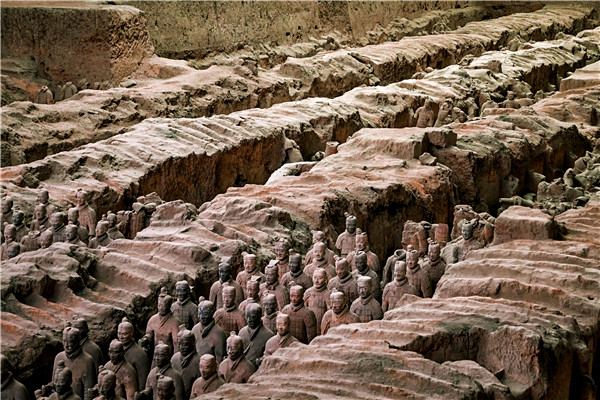
Qin shihuang terracotta warriors
The Terracotta Warriors . They are one of the largest and most completely preserved ancient terracotta pits in the world. The Terracotta Warriors are part of the Mausoleum of Qin Shi Huang and are believed to be the burial pit of the Mausoleum of Qin Shi Huang. These terracotta warriors are made based on the real image of the Qin Dynasty army. Each terracotta warrior has unique facial features and costumes that are lifelike. They were arranged in neat combat formation, demonstrating the powerful military power of the Qin Dynasty.

yongxingfang
Yongxing Square is one of the 108 squares of Chang 'an City in the Tang Dynasty. During the Tang Taizong period, it was the prime minister's residence of Wei Zheng. Today, it has become one of the emerging Internet celebrity check-in spots in Xi'an. When you come here, you can taste delicious food from different regions in Shaanxi.
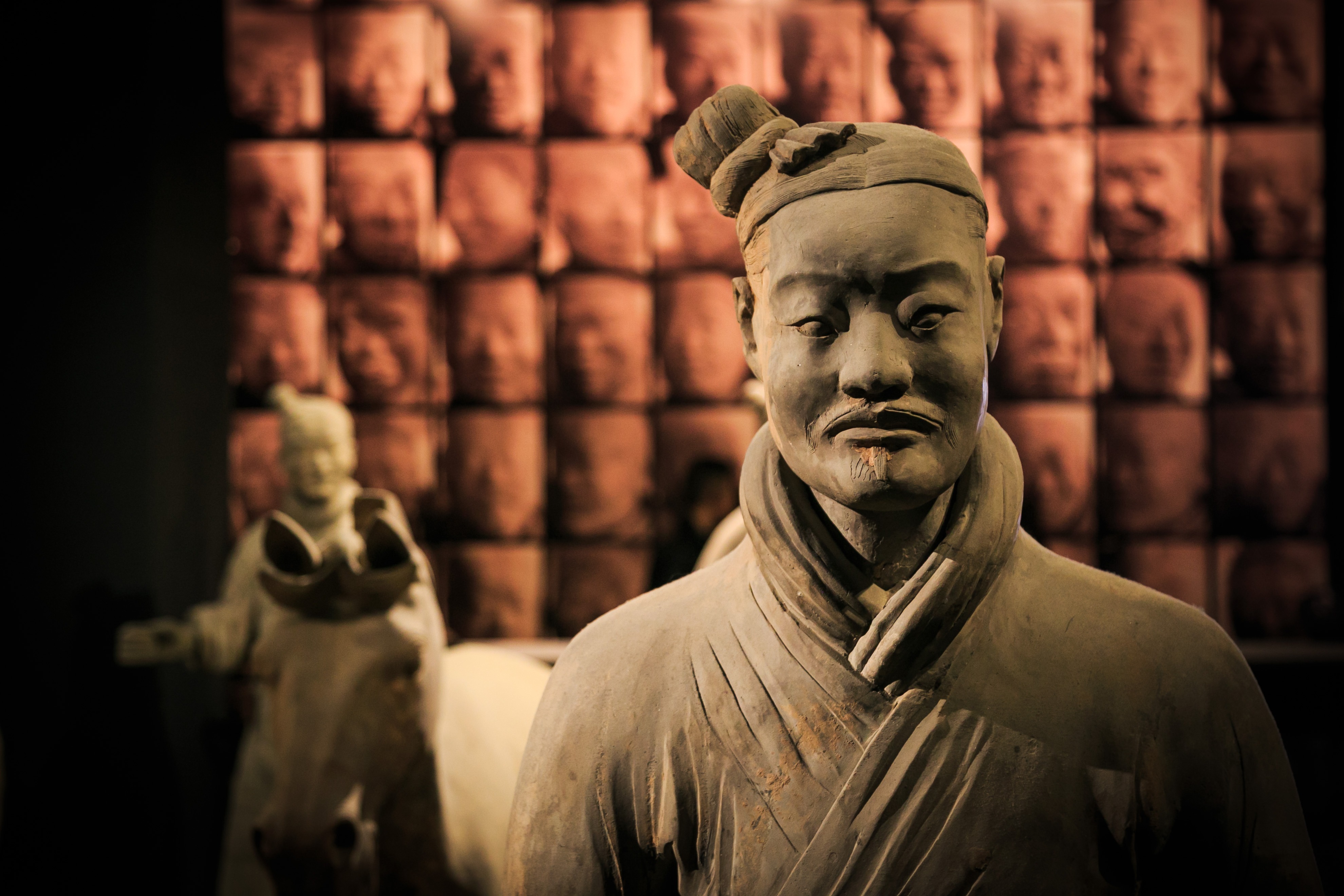
Experience in making pottery figurines
The production process is knocking mud-taking mud-kneading mud-pressing-demoulding-finishing-finished product! Most of the terracotta warriors and horses are made by molding and firing methods. First, the first body is made with a pottery mold, and then covered with a layer of fine mud for processing, carving and coloring. In each process, there is a different division of labor and a strict working system.
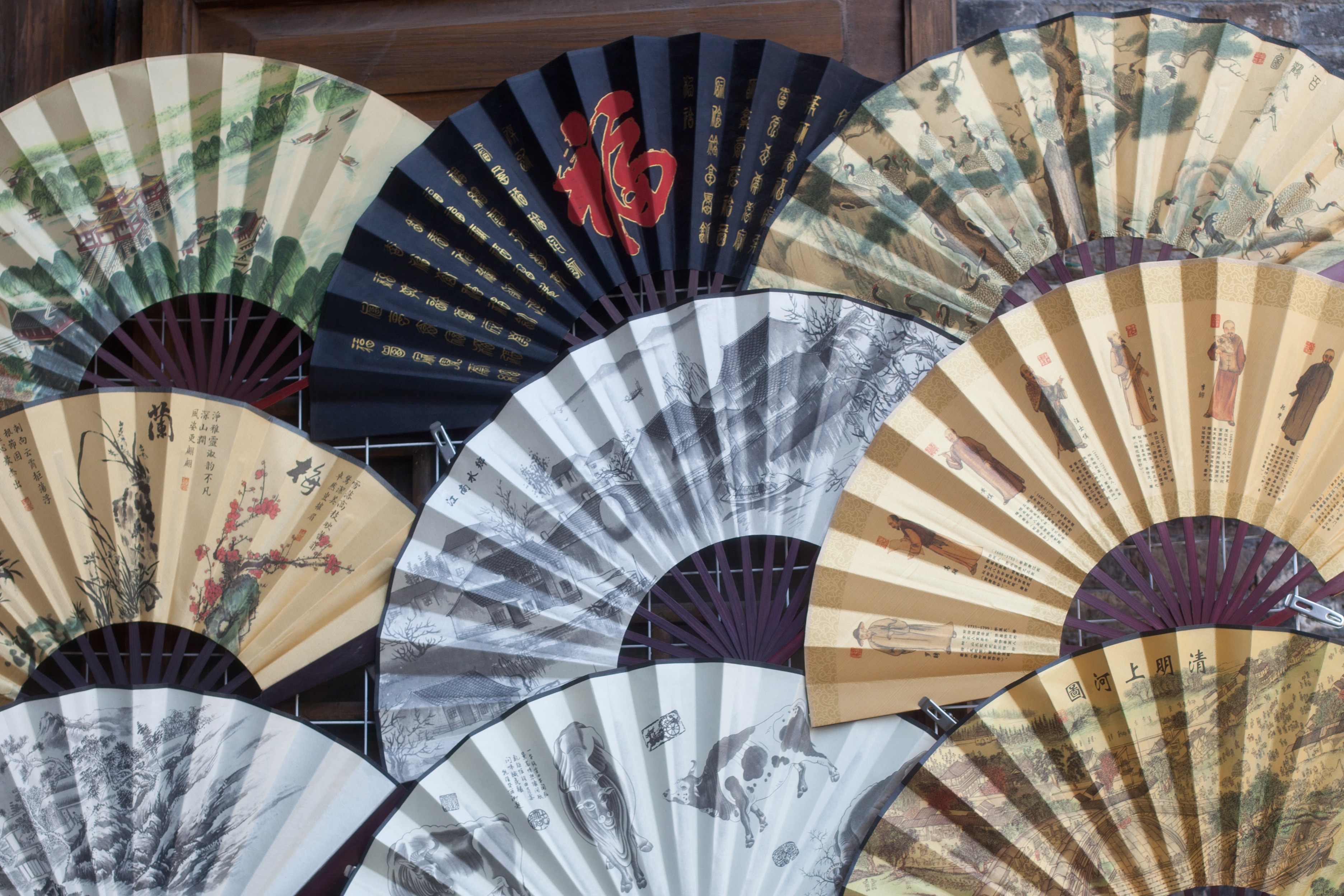
Painting fan making
Painting a fan can not only appreciate the beautiful paintings, but also feel the strong cultural atmosphere.
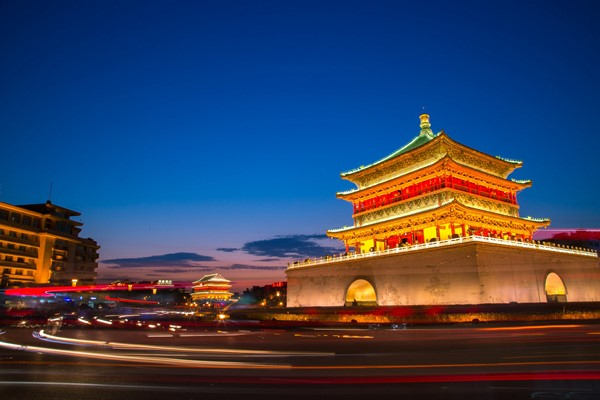
bell tower
Xi'an Bell Tower is the largest and most completely preserved Bell Tower among the existing Bell Tower in China.
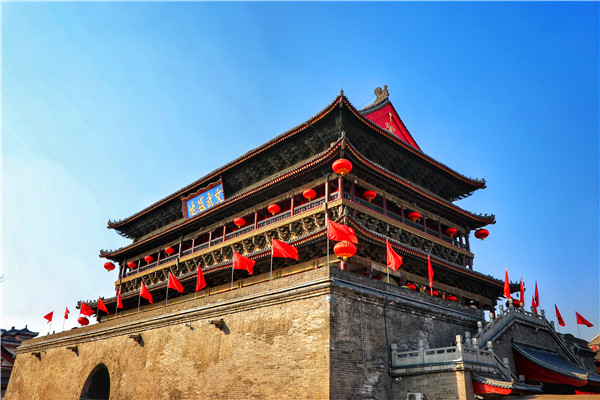
The drum tower
Xi'an Drum Tower is located in the center of Xi'an City. It is the largest and most completely preserved one among the many Drum Tower left over from ancient China. The Drum Tower has a grand exterior and exquisite interior decoration, demonstrating the unique charm of ancient China buildings.
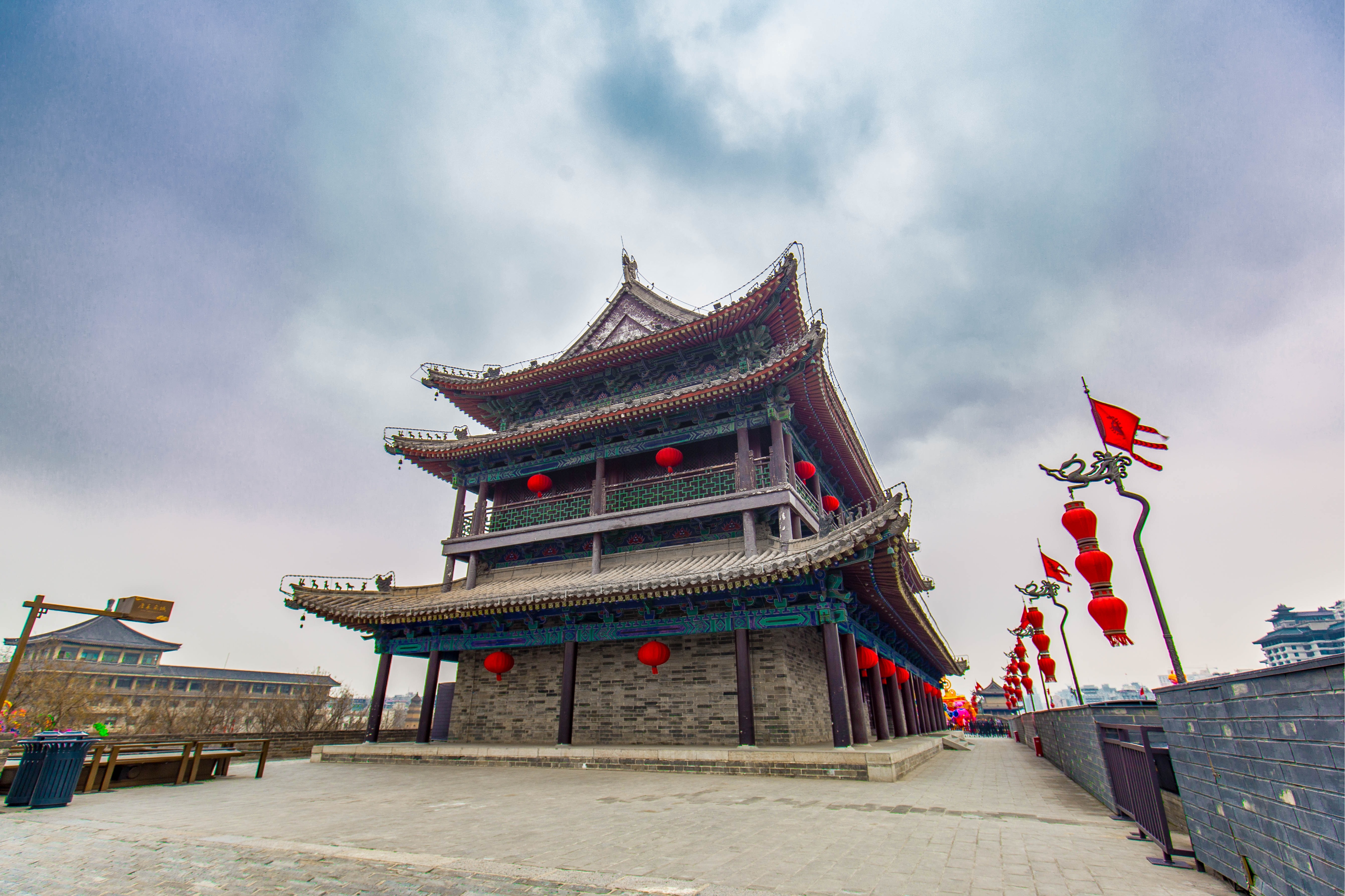
Xi 'an ancient city wall
Xi'an Ancient City Wall, also known as Xi'an Ming City Wall, is the largest and most completely preserved ancient city wall in China. The ancient city wall is not only an important symbol of Xi'an's history and culture, but also an outstanding representative of ancient architectural projects in China, demonstrating the wisdom and creativity of the ancient working people.
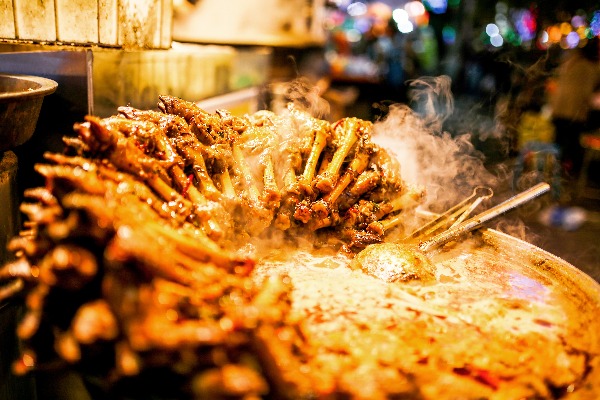
Xi 'an hui street
Hui Street is the collective name of multiple streets in the central Hui gathering area of Xi'an City. It consists of Beiyuanmen, Beiguangji Street, Xiyang City, Dapiyuan and other streets. This is a concentrated place for Xi'an snacks. As a century-old Huimin District, you can still feel the strong Muslim atmosphere here.
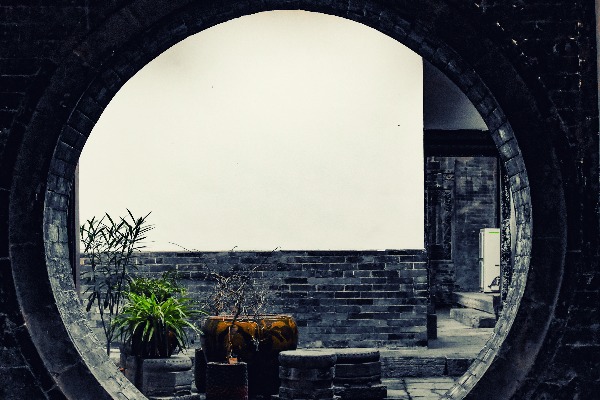
GAOJIADAYUAN
After a century of vicissitudes, the Gaojia Courtyard is one of the most completely protected residential courtyards in Xi'an City. It has been approved as a cultural relic protection unit at the provincial and municipal levels. The entire courtyard is a three-courtyard four-entrance brick and wood structure courtyard. They are an intuitive display of the exquisite architectural art of ancient China.
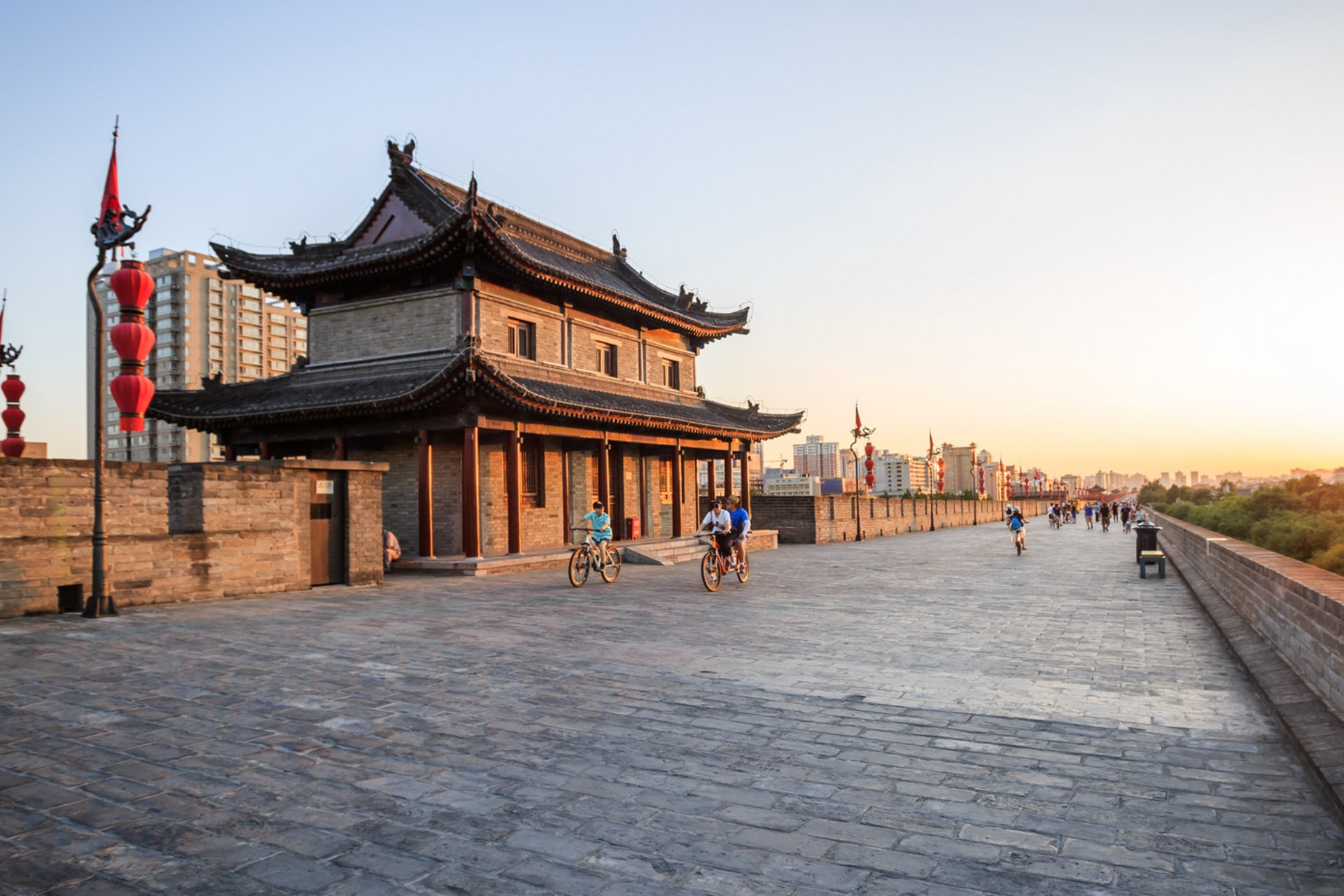
Xi'an City Wall Bicycle Experience
You usually ride a bicycle on the road. Don't you want to experience riding a bicycle on the city wall? Welcome to your arrival!

Tangle Palace Dumpling Banquet + Imitation of Tang Song and Dance
Xi'an Tang Le Palace, founded in 1988, takes the dual meaning of "five tones and eight music" and "joy palace" in the Tang Dynasty. It is a foreign-related tourism enterprise integrating catering and Tang song and dance performances.
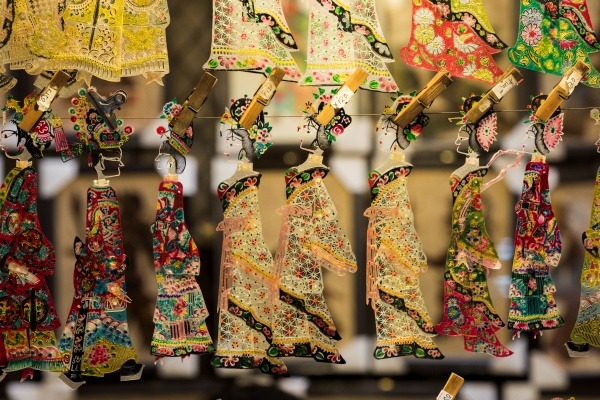
Gaojia Courtyard Huayin Lao Opera + Shadow Play
The Gaojia Courtyard is culturally displayed through various cultural and artistic forms such as Shaanxi style folk paper-cutting, shadow puppet shows, puppet shows, and Han and Tang songs and dances. Among them, Huayin Lao Opera and shadow puppet shows are performed by local intangible cultural heritage inheritors and are very exciting.
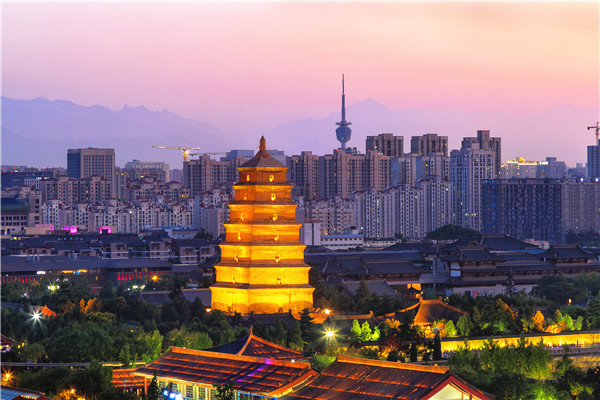
Wild goose pagoda
The Big Wild Goose Pagoda was built personally by Master Xuanzang. Although it has gone through thousands of years of vicissitudes, it is still intact. It is one of the famous Buddhist towers in China and a unique symbol of the ancient city of Xi'an.
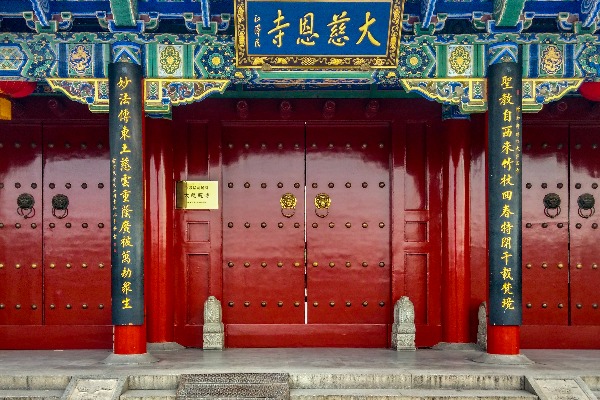
temple
Daci 'en Temple is a typical representative of the temples dominated by stupas in China. It was the most famous and magnificent royal temple in Chang 'an in the Tang Dynasty. It was also one of the four major Buddhist translation sites in Chang' an in the Tang Dynasty and the ancestral courtyard of the Dharma Vaishi Sect in China (also known as the "Dharma Sect").
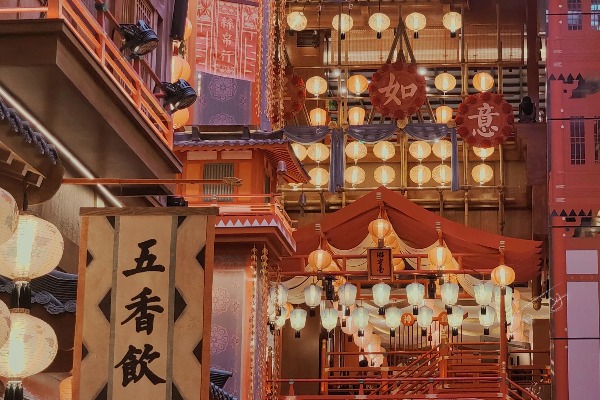
Chang 'an twelve hours
Chang 'an Twelve Hours is China's first immersive Tang-style market living district. It is composed of a combination of "popular drama IP+ immersive entertainment + theme catering + national trend retail."
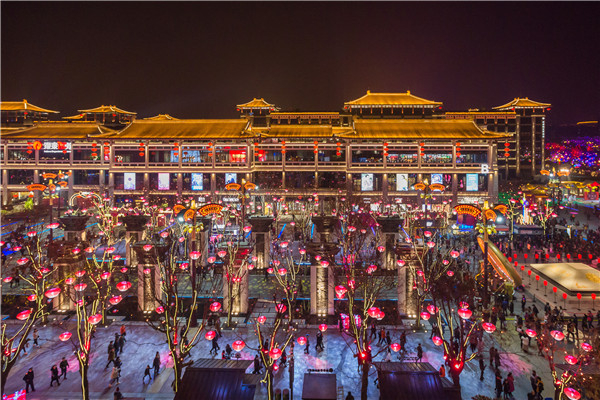
datang sleepless city
Xi'an Datang Never Sleepless City is located at the foot of the Big Wild Goose Pagoda in Yanta District, Xi'an City, Shaanxi Province. It is an immersive and multi-functional cultural smart district of the Tang Dynasty and one of the famous local leisure and entertainment landscapes in Xi'an.
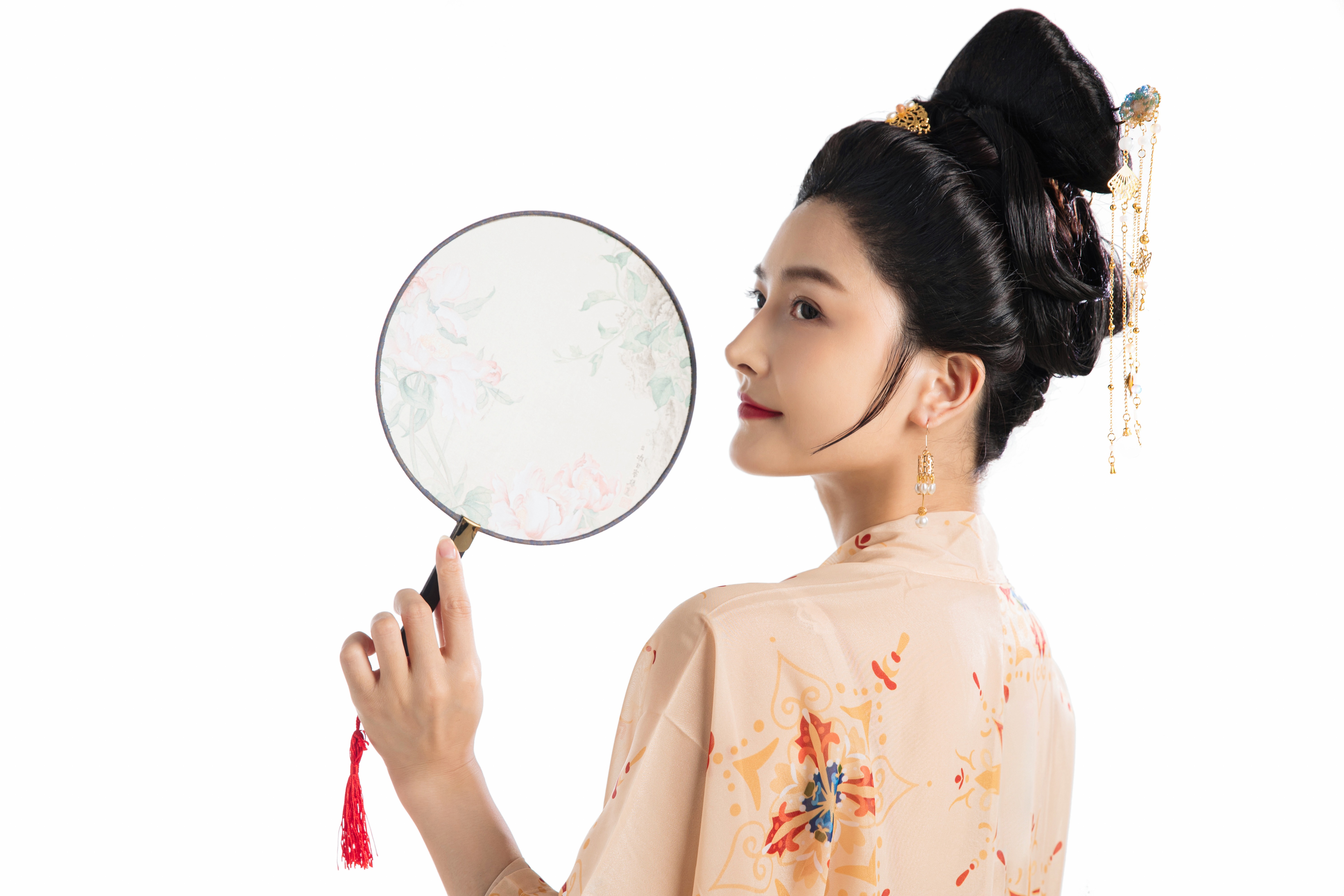
Traditional clothing experience
Changing into traditional ancient costumes and traveling through the city that never sleeps, it feels like traveling back to the prosperous Tang Dynasty!
















